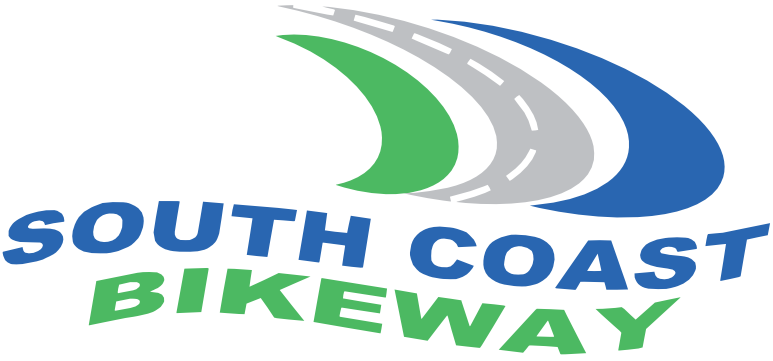By Michael J. DeCicco / Contributing writer
Posted Oct 12, 2016 at 12:17 AMUpdated Oct 12, 2016 at 1:21 PM
MATTAPOISETT — The committee charged with improving the safe use of the town’s bike path has presented the selectmen with recommendations that include reducing speed limits and decreasing the number of confusing signs.
Topping the draft executive summary report given to selectmen Tuesday night, the Bike Path Safety Advisory Committee wants to reduce the posted speed limit to 30 mph from Timberledge Lane south to Mattapoisett Neck Road and prior to Town Landing as well as northbound near Marshmere to Timberledge.
To do this, however, said committee chair and Police Chief Mary Lyons, the town needs to request the state Department of Transportation be allowed to lower the speeds there.
“Mattapoisett Neck Road is a ‘speed-zoned’ road, based on previously established speed zone guidelines,” Lyons said. “Therefore, it will not qualify under the new ‘thickly settled/business district’ legislation that was passed.”
The solution, she said, is to send a letter to the MA Dept. of Transportation secretary and chief executive officer requesting the town be allowed limited amendments to this legislation. Selectmen quickly approved sending out the committee’s draft letter with this proposal.
Under signage concerns, to relieve what the committee called “sign congestion” along the bike path route, it recommended removing or relocating the “Share the road” and green bike path signs from Timberledge to Old Mattapoisett Neck Road north and south.
MORE VIDEO:
Bruce Wheeler coached more than 1,500 games baseball and basketball at UMass Dartmouth, earning him the No. 36 spot on Buddy’s Best: Coaching Legends. #scvarsityIt also suggested additional painting markings to better warn motorists of approaching bike path crosswalks and installing electronic speed feedback signs on Mattapoisett Neck Road and Brandt Island Road as well as solar-powered “intersection ahead” signs. It noted the town’s Capital Planning Committee has already approved placing the speed signs on the fall town meeting for voter endorsement.
Under the need for better intersection design, the committee said it needed more research to find the best plan. Lyons said the options here could include narrowing the bike path lanes and add flashing beacons to slow motor vehicle traffic.
The ultimate goal, Lyons said, is approval of the Mattapoisett Bicycle and Pedestrian path that would include a final executive summary report and establishing a Bicycle and Pedestrian Advisory Committee to coordinate the plan with public safety officers.
The research is needed to answer the question, “What is the best plan for Mattapoisett?” she said.
